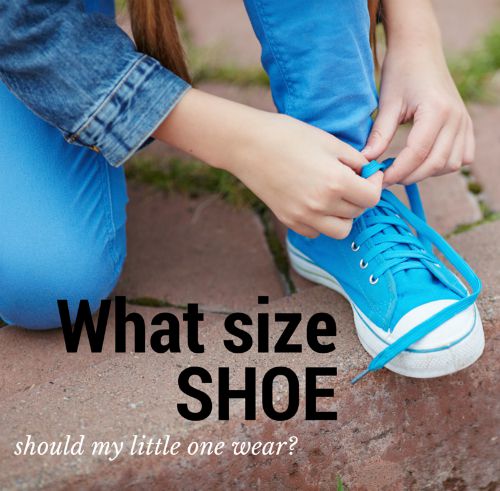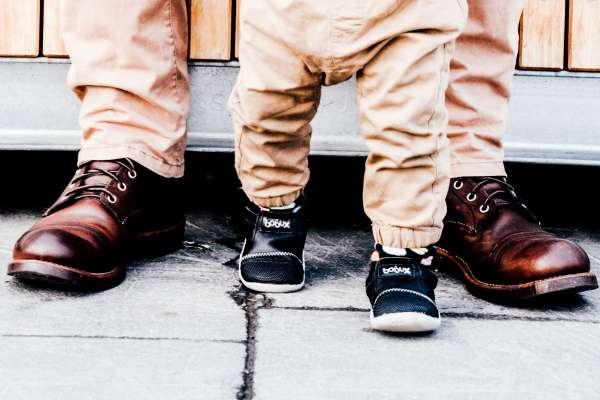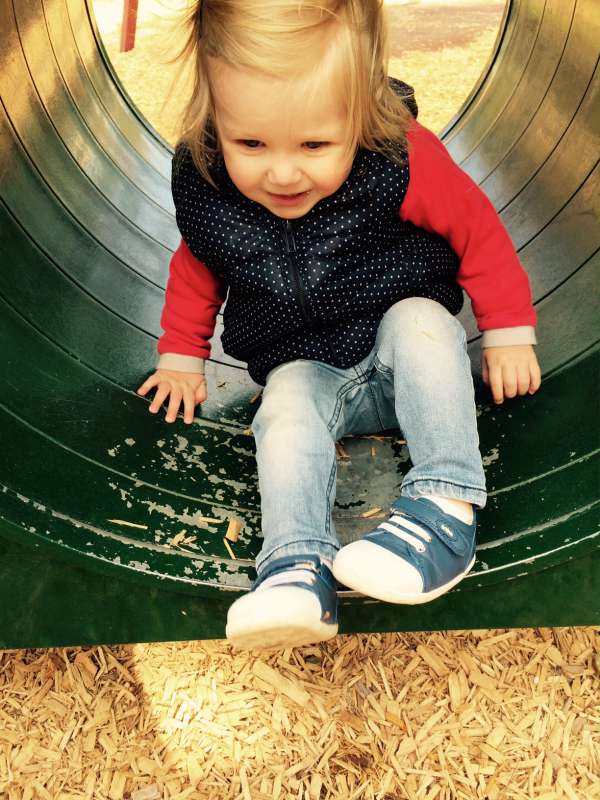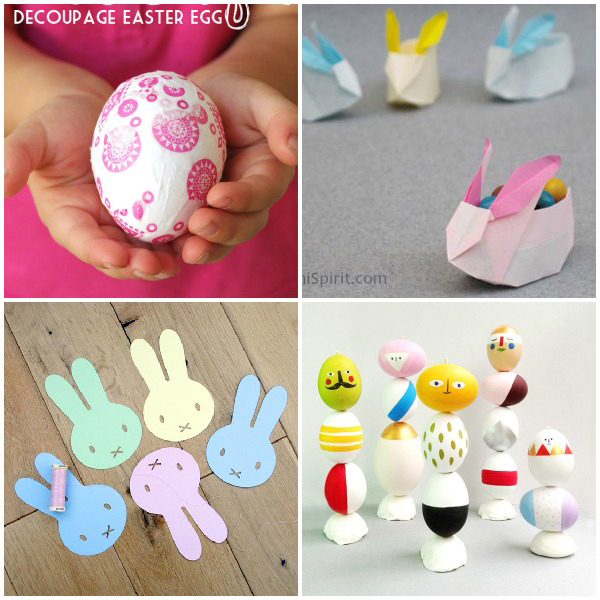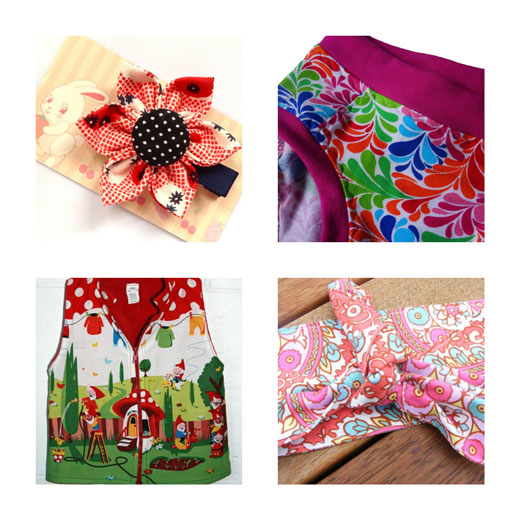What Size Shoe Should My Little One Wear?
The feet of a child can grow seemingly without end, and many parents attempt to stay ahead of the curve by purchasing shoes that are several sizes too large to allow room for growth. While this can be a practical idea to a limited extent, ill-fitting shoes on developing feet can cause a range of long term mobility issues, and so it is important to choose footwear that delivers both a comfortable fit and long term wear.
Fit Issues
While children can often walk somewhat steadily in shoes that are too large or small, the problems they can create far outweigh any savings on new footwear, particularly with feet that are still developing. Childrens feet are soft and pliable well into their second decade, and so if a shoe fits badly the foot will gradually mold to it over time.
This means that shoes that are too small can cause such issues as hammer toes or exaggerated arches while shoes that are too big can cause muscles to develop incorrectly as well as make them more susceptible to falling. For these reasons, parents should always choose footwear within a specific range of the child’s actual size or shoes designed to grow with your child, such as Bobux Children’s Shoes.
Finding True Size
Feet continually change shape throughout the process of development, so the fit of existing shoes be checked every other month. They also swell throughout the day, so the best time to find your child’s true shoe size is at the end of an active day. Be sure to measure the feet with their thickest or most frequently worn socks as well.
Testing Fit
When a child is wearing clothing that is too small, it’s usually fairly obvious, but it is much less apparent when a child is wearing shoes that do not fit well. To find the right footwear, parents should test the fit of shoes from several different angles to get an idea of how it fits the entire foot.
The shoe should allow 1.25 to 2cm between the longest toe and the end of the show to allow the toes to fully spread before the show narrows, and the front should never be tight. Squeeze the sides of the shoe with the child’s foot inside to ensure you can feel the smallest toe on the outer edge of the shoe. Properly fitting shoes also have adequate arch support.
The rate at which children outgrow shoes can make buying oversized footwear a tempting prospect, but their developing feet make this an extremely short-sighted investment. Childrens shoes should fit properly and provide support from all angles, and should never be more than a half size too large.

